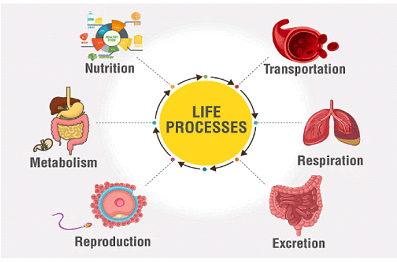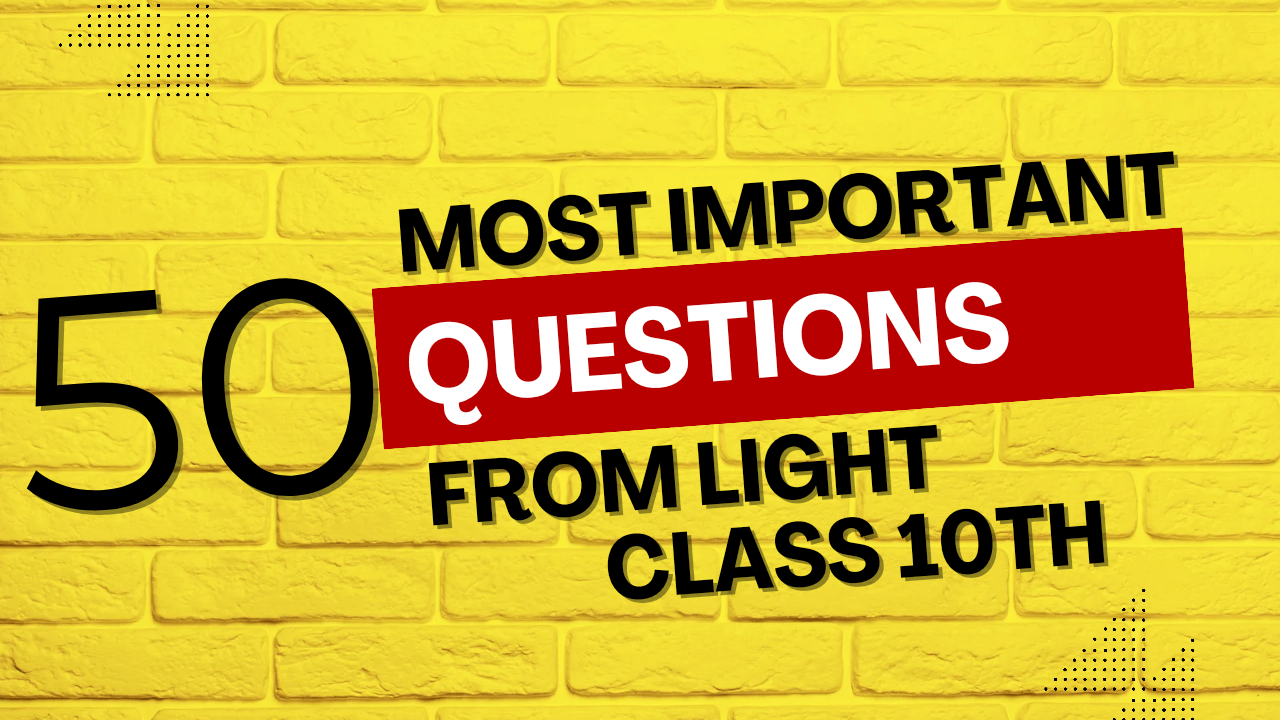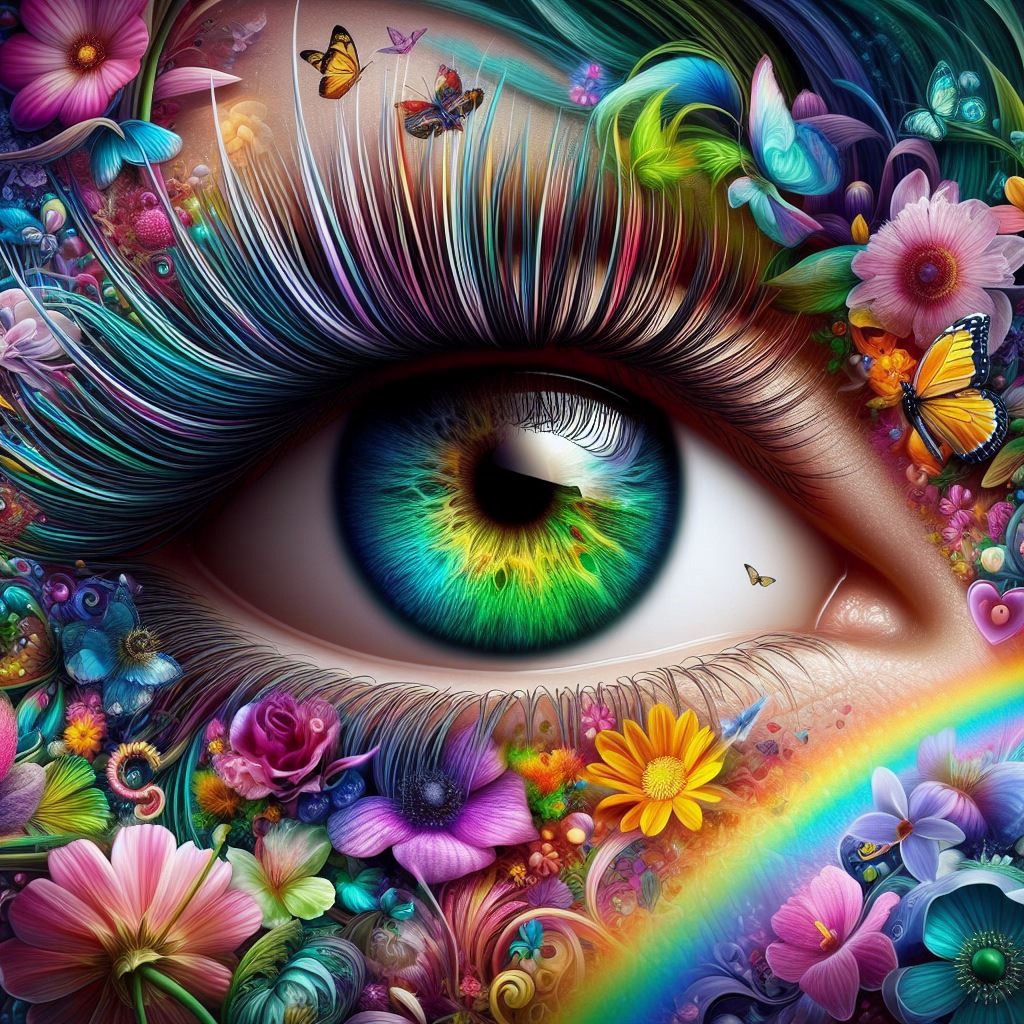Defects of Human Eyes, Causes and their corrections with suitable eye lenses (Myopia, Hypermetropia and Presbyopia)Class 10 Notes.
Defects of Vision
1. Myopia (Near-Sightedness)
What is Myopia?
Myopia, also known as near-sightedness, is a condition where a person can see nearby objects clearly but cannot see distant objects clearly. This happens because the image of a distant object is formed in front of the retina.
 >
>Causes of Myopia:
- Excessive curvature of the cornea.
- Elongation of the eyeball.
- Genetic factors.
- Excessive screen time or close-up work.
Correction of Myopia:
Myopia can be corrected using a concave lens. The concave lens diverges the light rays and shifts the focus back onto the retina.
2. Hypermetropia (Far-Sightedness)
What is Hypermetropia?
Hypermetropia, also known as far-sightedness, is a condition where a person can see distant objects clearly but cannot see nearby objects clearly. This happens because the image of a nearby object is formed behind the retina.
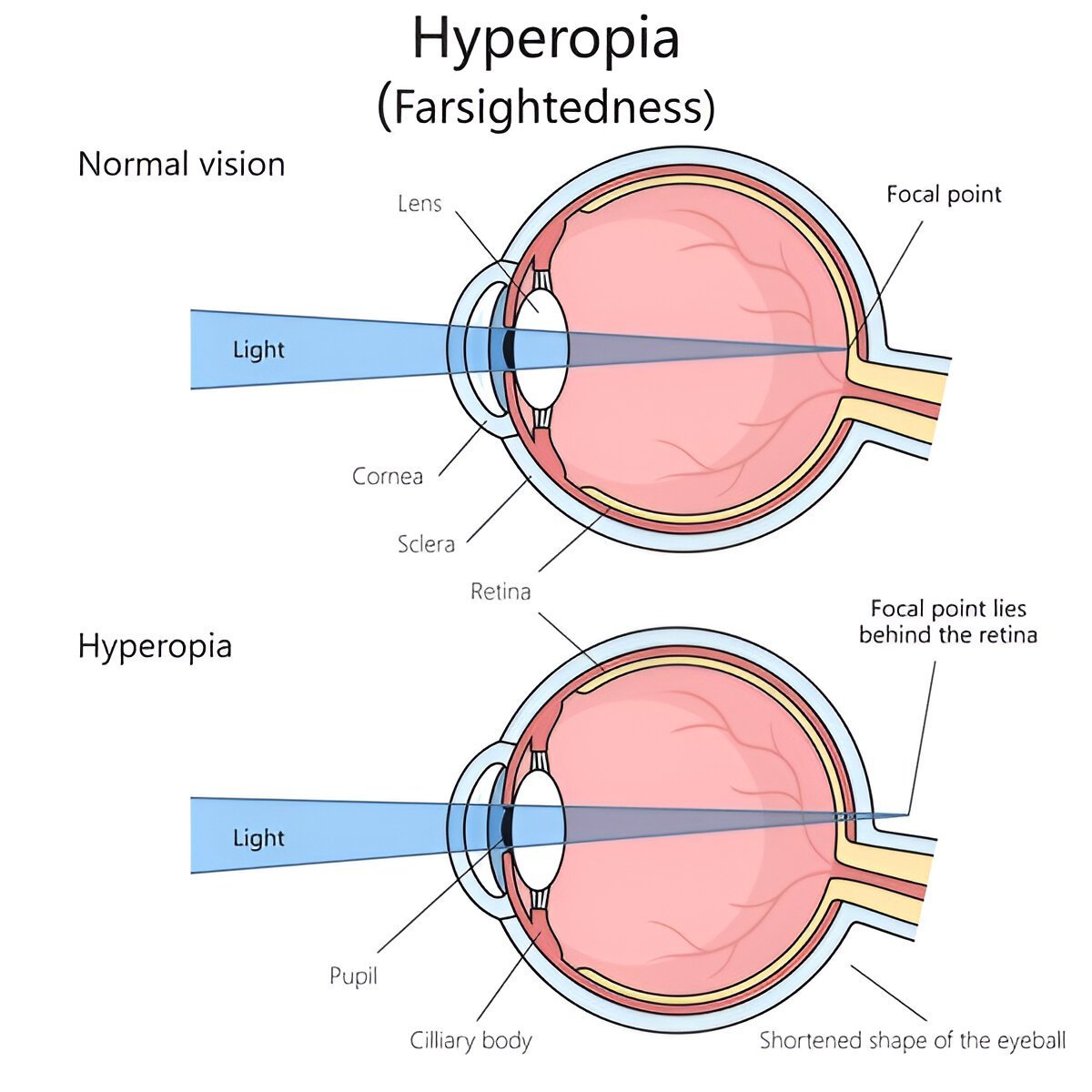 >
>Causes of Hypermetropia:
- Flat curvature of the cornea.
- Shortening of the eyeball.
- Genetic factors.
- Aging (presbyopia).
Correction of Hypermetropia:
Hypermetropia can be corrected using a convex lens. The convex lens converges the light rays and shifts the focus onto the retina.
3. Presbyopia
What is Presbyopia?
Presbyopia is an age-related condition where the eye loses its ability to focus on nearby objects. It occurs due to the loss of flexibility of the lens and weakening of the ciliary muscles.
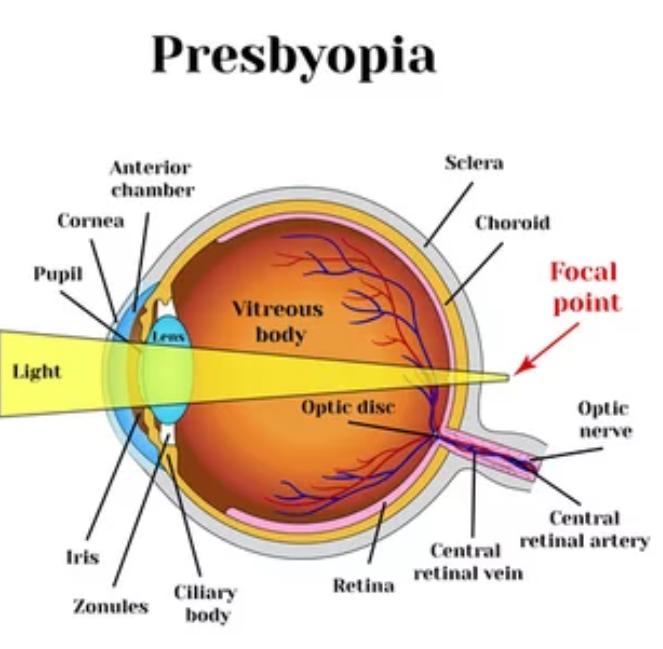 >
>Causes of Presbyopia:
- Aging (usually after 40 years).
- Loss of elasticity in the lens.
- Weakening of the ciliary muscles.
Correction of Presbyopia:
Presbyopia can be corrected using bifocal lenses. These lenses have two parts: the upper part for distant vision and the lower part for near vision.
4. Astigmatism
What is Astigmatism?
Astigmatism is a condition where the cornea or lens has an irregular curvature, causing blurred or distorted vision at all distances.
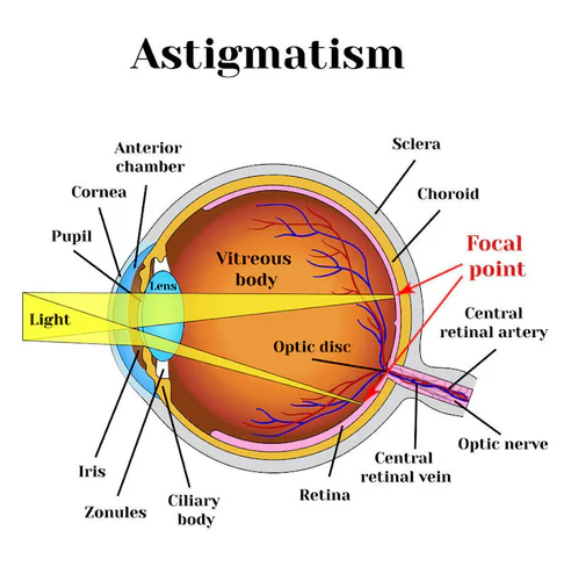 >
>Causes of Astigmatism:
- Irregular curvature of the cornea or lens.
- Genetic factors.
- Eye injury or surgery.
Correction of Astigmatism:
Astigmatism can be corrected using cylindrical lenses. These lenses compensate for the irregular curvature of the cornea or lens.
5. Cataract
What is Cataract?
Cataract is a condition where the lens of the eye becomes cloudy, leading to blurred or dim vision. It is commonly associated with aging.
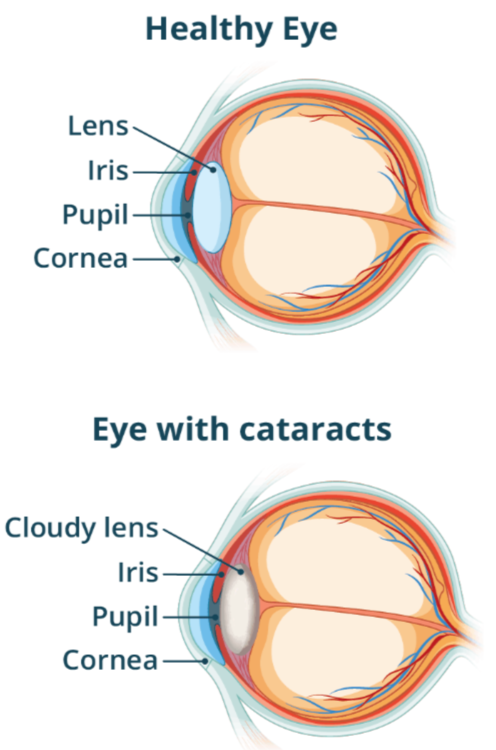 >
>Causes of Cataract:
- Aging (most common cause).
- Diabetes.
- Prolonged exposure to UV rays.
- Smoking or alcohol consumption.
Correction of Cataract:
Cataract can be corrected through surgery. The cloudy lens is replaced with an artificial intraocular lens (IOL).
